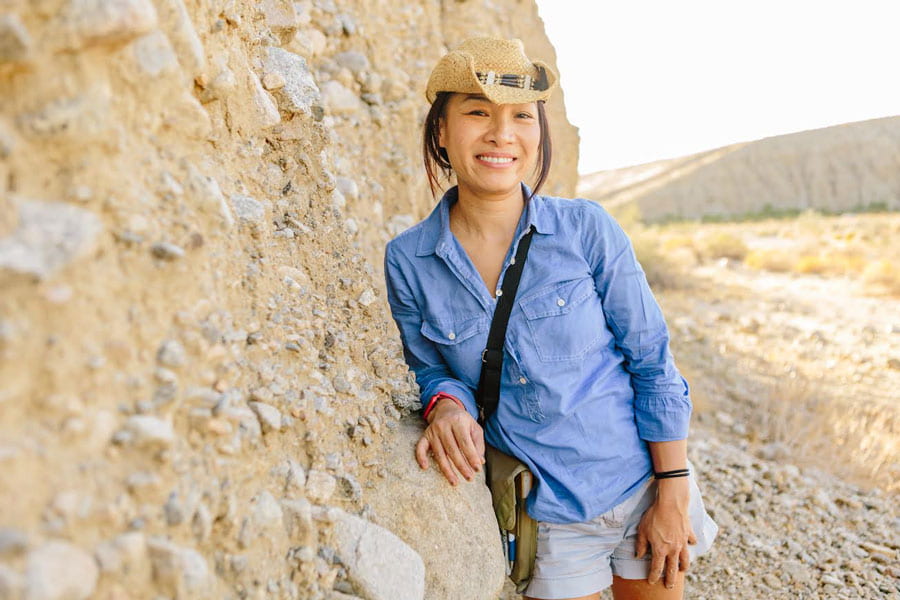Ten years ago, two female geologists went for a hike in the Coachella Valley desert along a southern portion of the San Andreas Fault. One of them was Kimberly Blisniuk, now an associate professor of geology at San José State University. The pair spent days in the desert, traversing the landscape, studying its ridges and formations.
They weren’t sure what they were looking for. The San Andreas is a well-studied fault: The roughly 750-mile geographical rift running the length of most of California is positioned to set off what’s known as the next “Big One”—a massive earthquake predicted to strike Southern California, devastating the Los Angeles area, in particular.
Still, Blisniuk wanted to see if the terrain revealed something—anything—that might have been missed or not yet understood by geologists before them.
Sure enough, she found something. And after a decade of work to confirm her discovery, Blisniuk’s research, published March 24 in Science Advances, indicates that the highly anticipated earthquake—which scientists say is about 80 years overdue—might not ravage LA as much as previously thought.

